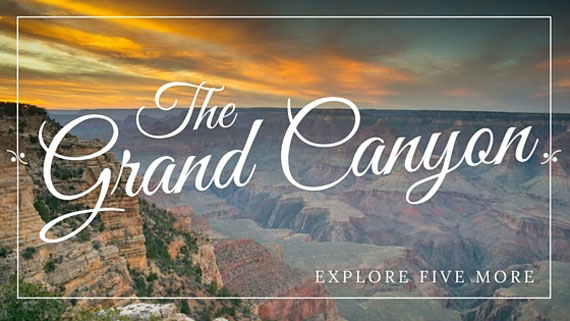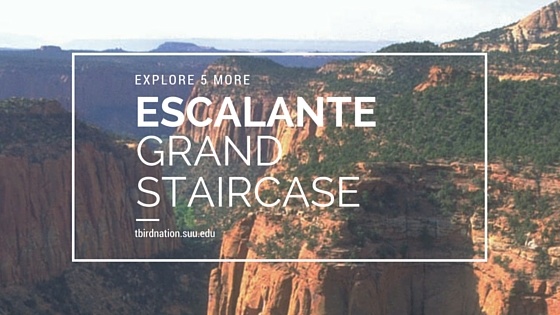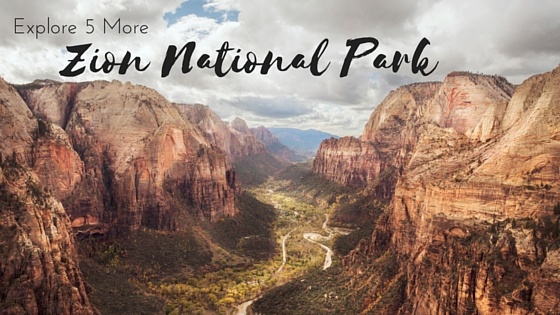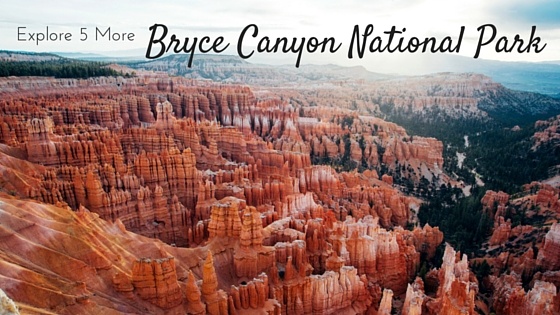Explore Five More: Grand Canyon North Rim
Posted: July 21, 2016 | Author: Southern Utah University | Read Time: 4 minutes
 One of the natural wonders of the world, Grand Canyon National Park has left those who stand on its rim in awe and wonder for centuries. The National Park section of the canyon is separated into two parts, The North and South Rim. Connected only by a backpacking trail or a two hour shuttle ride, the rims have their own personalities and offer entirely different experiences to visitors.
One of the natural wonders of the world, Grand Canyon National Park has left those who stand on its rim in awe and wonder for centuries. The National Park section of the canyon is separated into two parts, The North and South Rim. Connected only by a backpacking trail or a two hour shuttle ride, the rims have their own personalities and offer entirely different experiences to visitors.
The North Rim has a higher elevation and therefore offers different types of vegetation and weather. Due to snow, the North Rim remains closed during winter, (opened May 15th for visitors). The North Rim offers coniferous forests with towering Ponderosa Pines, forest trails that wind down to the rim, and a village with cabins, a lodge, and restaurants. Visitors from all over the world flock to the Grand Canyon, in order to avoid the crowds, check out these other five parks.
Kaibab National Forest
Kaibab National Forest surrounds the North Rim and holds many secrets, including waterfalls, bison, lakes, and a National Scenic Trail. The elevation ranges from 5,500 feet to 10,418 feet, and the scenery is just as dramatic. Spend your day hiking part of the famous Arizona Trail. While only a small section resides in the Kaibab, the whole trail runs 750 miles and spans from the Utah-Arizona border down to the Mexican border at Coronado National Memorial.
Insider Tip: Check out Jacob’s Lake Campground! Located just a few miles from the Grand Canyon North Rim entrance, it is the perfect place to spend the night to make the most of both areas.
Pipe Spring National Monument
Native Americans, Mormon Settlers, and many others depended on the water from the spring within Pipe Spring National Monument to survive. Learn how these pioneers survived on such little water by exploring all this monument has to offer. Historic forts and cabins, an orchard, museum, and garden give visitors a glimpse into the past. Take a guided tour through the fort or explore the 12 new exhibits and learn about the Kaibab Paiutes and their daily life. Walk through the orchard to see historic varieties of peach, crab apples, apricot, plum, and grape then go visit the horses and longhorn cattle.
Vermilion Cliffs National Monument
The remote desert wonderland of Vermilion Cliffs National Monument holds more than just a few secret gems. But be warned; Vermilion Cliffs holds no RV hook-ups, air-conditioned visitor centers, or campgrounds complete with toilets. What draws tough-skinned explores to Vermilion? The type of isolation and self-reliance that only the crumbling towers of red cliffs and sand can grant. If you want to fall into the world of Edward Abbey’s Desert Solitaire, this is the place to do it. Despite being often overshadowed by it’s neighbors such as Bryce Canyon and Arches National Parks, it still holds one grand treasure that explores come from across the world for a chance at a permit. “The Wave” is a spectacular geological formation, that resembles of wave of orange, red, and white colored sand solidified.
Insider Tip: With permits being booked months (sometimes even years) in advance, a chance to hike the wave this summer is slim. Try Paria Canyon instead, or try your luck at the raffle every morning in BLM office in Kanab, Utah.
Coral Pink Sand Dunes State Park
Sand dunes aren’t just for the Sahara! Utah has it’s own dunes, tucked away near Kanab. Estimated to be from 10,000 to 15,000 years old, the sand mountains of Coral Pink Sand Dunes State Park were formed from Navajo Sandstone rocks. The park is completely open to hikers to play and explore all over the park, as well as ATVs. The visitor center has a wall of different sand collected from around the world, information about the creatures that call the dunes home, and how to identify their prints in the sand.
Insider tip: just because there is snow on the ground doesn’t mean you have to skip the fun. Check out the park in winter, and bring your sleds for some of the best sledding hills around!
Glen Canyon National Recreation Area
Glen Canyon National Recreation Area is famous for Lake Powell, the second largest man-made lake in the country. The lake is a stunning maze of red canyons and shinning blue waters that bring in over 3 million visitors a year to the area. Explore by boat or kayak, and swim in the lake, as well as hike into the backcountry to get the solitary feel of Southern Utah. The picturesque twisted canyons and deep blue waters make it seem like you have transported to another planet, as if you are in an entirely separate world than the one of busy streets, pollution, and mundane worries.
Insider Tip: Horseshoe Bend, a spectacular U-shaped bend in the Colorado River, is just a short 10 minutes from Glen Canyon, and shouldn’t be missed!
This post was created in partnership with Parks 100.
This article was published more than 3 years ago and might contain outdated information or broken links. As a result, its accuracy cannot be guaranteed.
Tags: Cedar City Blog Outdoors




